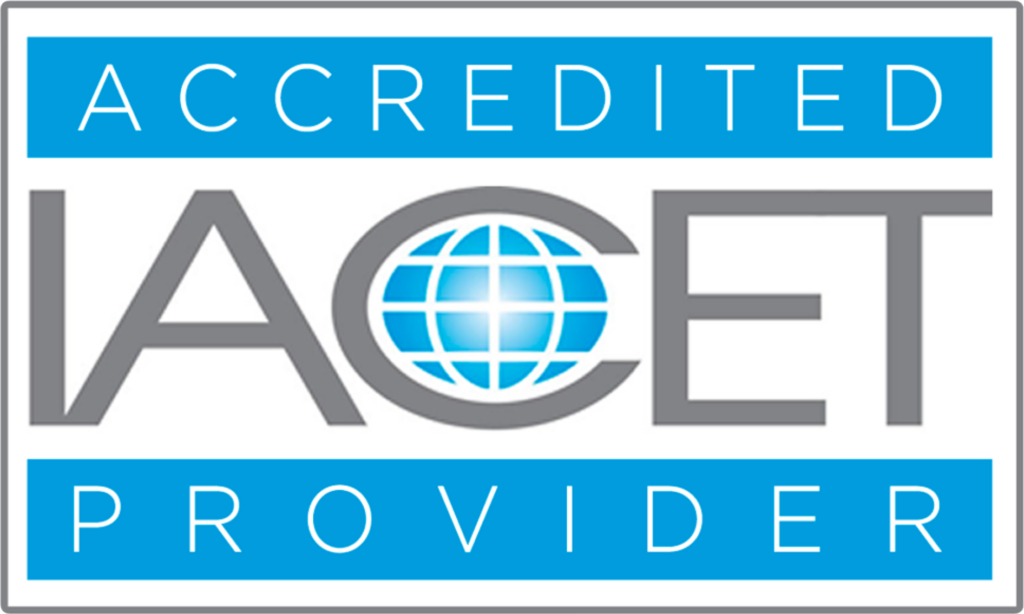
The Challenge
The selected site for the BSL-3/ABSL-3 laboratory must provide a safe environment for its researchers, faculty, staff, students, and the surrounding community. The existing BSL-3 laboratory did not meet the standards for a combined BSL-3/ABSL-3 laboratory as set forth by the Centers of Disease Control (CDC) and the National Institutes of Health (NIH) publication entitled “Biosafety in Microbiological and Biomedical Laboratories (BMBL), 6th Edition”. A team of biosafety professionals was needed to evaluate the feasibility of modifying one of two sites to meet the BMBL guidelines.
The Solution
World BioHazTec conducted a two-day site visit to assess the two proposed sites. The feasibility study evaluated the sites based upon identified capital investments needed, resultant functionality, risk reductions achieved, and constructability exposures. Factors including building site, vehicular access, structural systems, departmental adjacencies, functional layouts, and utility needs were also evaluated during the site walk and subsequent feasibility analysis.
World BioHazTec investigated the condition of the existing sites and concentrated on the following underpinnings and hierarchy of compliance needs for risk reduction for the BSL-3/ABSL-3 laboratory:
- HVAC system, directional airflow, and discharge air treatment.
- Containment envelope for personnel and environmental protection.
- Space configuration for risk reduction.
- Autoclave placement for rendering laboratory waste decontaminated.
We reviewed the institutional requirements/specifications for compliance with the guidelines and requirements for constructing the BSL-3/ABSL-3 laboratory. Meetings were held weekly to discuss layout, traffic flow, emergency, and primary containment. Sustainability, maintainability, financial constraints, and energy usage were also factored into the feasibility study.
We performed research of the origins and history of both sites, drawing reviews, meetings, HVAC testing, visual inspections, and a SWOT (Strengths, Weaknesses, Opportunities and Threats) analysis. The SWOT analysis was conducted to analyze each site’s HVAC system, HEPA system, ceilings, space configuration and autoclave availability. A cost-benefit analysis was provided with World BioHazTec’s recommendations.
The Result
Upon completion of our assessment, we presented WUHS with a comprehensive Feasibility Study Report, outlining our recommended site for their laboratory project. Endorsed by WUHS, this site offered numerous advantages over alternative options, including greater laboratory space, reduced constructability risk, increased capacity for researchers, and minimal need for new equipment.
The report detailed our findings and rationale behind the recommendation, providing insight into the advantages of the chosen site. Additionally, it outlined potential risks and offered corrective actions to mitigate them effectively. To further support WUHS in the next phase of their project, we also provided conceptual layouts for both the recommended site and alternative options.
In preparation for the development of the design-build scoping construction Request for Proposal (RFP), we equipped WUHS with a comprehensive template tailored to their specific needs. This template served as a valuable resource to guide WUHS through the procurement process, ensuring clarity and consistency in their RFP documentation.
Related Success Stories


Fujifilm Diosynth Biotechnologies, College Station, Texas


ThirdLaw Molecular, Blue Bell, Pennsylvania


Brazilian Center for Research in Energy and Materials, Campinas, Brazil

World BioHazTec is an Accredited Provider (AP) of the International Association for Continuing Education and Training (IACET). As an IACET Accredited Provider, World BioHazTec offers IACET CEUs for its learning events that comply with the ANSI/IACET Continuing Education and Training Information.




